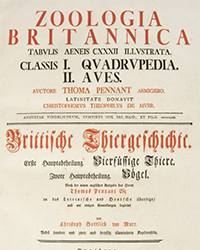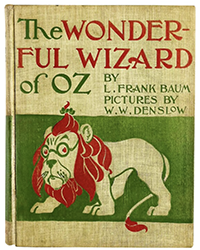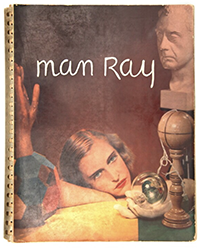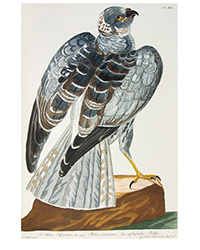Introducing: Sophie Schneideman
Ms. Schneideman has been in the rare book field 30 years in England, her tenure extending from ingénue to proprietaire, learning the trade, finding material that spoke to her to become her focus, sharing artistic values and gallery space with her photographer husband, now waiting out Covid-19 to relax its grip. The challenges have been unusual and she’s been up to it. Read her story and follow her website and her career.
A family Christening. A rite of passage. That was how my journey into the world of rare books began. It was the summer of 1990. A week before, I had finished 4 years at St Andrew’s University having a great deal of fun, and sometimes studying history and music and, in a time of deep recession, was beginning to think about a job. People were less focused on their careers in those days and I really hadn’t thought it through. I enjoyed books and art thoroughly –- but unlike graduates today I wasn’t ‘passionate’ about them and did not even think that it was a possibility to work with them. I knew that finding a job at Christie’s or Sotheby’s involved a private income and preferably being the heir to splendid collections and beyond that it hadn’t even crossed my mind that a job selling rare books or other treasures even existed for people like me.
So, there I am aged 21 at a Christening being talked at by a very jolly older gentleman with a twinkle and a very interesting intensity. He talked energetically and passionately, not asking many questions and not really explaining who he was. After an hour he had asked me to come in to see him the next afternoon at an address in Mayfair in the centre of London. Not quite gathering what was going on but game for some more non sequiturs and wide ranging chat, I turned up at 5 pm prompt at 50, Berkeley Square. Yes, it was the wonderful Georgian townhouse which was the ‘shop’ of the antiquarian bookseller Maggs Bros.
I met up with the man I now found out was John Maggs and was given an incredible tour of the different departments in their beautiful high ceilinged Georgian rooms with world class Adam fireplaces, cellars full of treasure and bits of books, stacks of uncatalogued, grubby prints, more sets of Cook’s Voyages than anyone could imagine and an original Thomas Crapper manhole cover in the stables which still had the original horse stalls – all full of boxes and shelves of books of course. As I went round I felt completely thrilled and at the same time, at home. Still I thought he was just being kind. He settled me down for more chat – boy could he talk – he had to ring the alarm company twice to delay the time when the system went live with its automatic connection to the police and fire stations. In the end – he admitted he had asked me there as they desperately needed a receptionist and I looked ‘just right’ (it was 1990, I looked better than I do now, and to be honest it was what women, even with a degree, expected to be the route into the art world). I didn’t care, it was wonderful and most of my friends had signed up for accountancy exams which was about all there was going in a world where businesses were being wound up every day.
Of course in retrospect it all made sense. I came from family of book lovers and collectors, my father collected military history on a grand scale and at 17 I had been made a member of the splendid London Library so I could study for my A Levels in peace away from a noisy home. and the book smell of that amazing lending library had stayed with me. I felt at home and like most things in life there was a reason for my being there. Even more, I had a history degree and almost immediately I handled these books not as texts but as fascinating artefacts which, with a little delving, revealed more and more secrets – like an archaeological find.
So in June 1990 I began a job, and, although I didn’t realise it at the time, a career.
I was the receptionist in a pre-digital antiquarian book firm. We had fax and telex. Each catalogue has its own telex code and the books were catalogued using a card index system. We wrote proper formal letters to customers there was an old fashioned secretary. Nothing worked very fast at all and it is hard to believe it now in our internet age. Collectors tended to be too wealthy to work and so came into the building to browse and chat. In fact what I really remember is the endless talk and finding out about people’s lives and collecting habits.
It is true to say that in those days the book world was a systemically misogynistic one. The men of my age brought into the firm immediately went to work in departments and were taught to catalogue, but I was to answer the phone. However, one can make the best of any situation which must be the key to life and a career, and I got to meet everyone who visited Maggs and see and handle almost every book which came in. Best of all I had an ally who was one of the greatest bookmen of his time – John Collins. He was a feminist and I like to believe saw something in me. Actually, he is very funny and mischievous and probably enjoyed gearing up a woman to be a bookseller in a rather male world. He produced every book written by Thomas Pennant, the great 18th century antiquarian traveller and naturalist, as well as some of his watercolours, dumped them on my desk and said that they needed to be catalogued – in addition to which he mentioned that there was no bibliography of Pennant and that there needed to be. I was left with John Carter’s ‘ABC’ and Gaskell’s ‘New Introduction to Bibliography’ which taught me all the art of cataloguing and collation and off I went. Thomas Pennant was a fascinating man and the scope of his travel and natural history books were huge. With a lot of sweat and tears I managed to produce a whole catalogue on my own and loved every minute of it – soon realising that delving deeply into a subject was the key to really enjoying this trade – and that the only way to get on was to jump in and not pick around the edges. Deep immersion above all. Trial, error and struggle brought great rewards.
I was hooked. Eventually I was moved to run the Bibliography department. It was a big thing then, a specialism which actually made money. Every good bookseller had to have a cracking reference library – it was one of the things which dissuaded people from setting up on their own. It is hard to imagine now with all the access to material but back then a good reference library was all we had to keep our expertise fresh. I will admit as an area of dealing it could be a little dry but again a fantastic place to learn and I am very glad of it. Every June, all of the major booksellers of the world came to London for fairs and sales. Most of them came to Maggs and bought boxes and boxes of reference books as we were one of the few sources for older as well as recent bibliography. I remember all the pages and pages of invoices I had to write by hand – and the packing was beyond belief.
Luckily the books I had to handle included type specimens and they were genuinely exciting especially as they were plentiful in those days, even the early ones. I used to sell to the renowned St Brides Printing Library (sadly now unfunded and barely open) and that really got me going. St. Brides have stores and rooms of type, woodblocks and works from every era including stacks of Eric Gill and Curwen Press material which I went through whenever I went to deliver an early Fry or Caslon type specimen book. Now I had found something I could really get into.
My interest in typography and printing flourished and by a circuitous route it led me the Arts and Crafts movement, private presses and fine printing of the late nineteenth and the first half of the twentieth century. At the same time the openness of the internet caught up with me and the trade. Inevitably Bibliography’s star as a means to make money faded fast and a place was found for me selling fine printing in the Modern Department. I took off like a rocket and loved it – I had found my niche in the world of the Private Presses.
So to rattle through things a little, I stayed on at Maggs for 17 years – or around half the life expectancy of someone in the 18th century. I developed interests in things spinning out from fine printing and typography such as fine binding, calligraphy, illustration etc. what I would refer to as ‘The Art of the Book’. The books were wonderful, the customers were wonderful but the politics inside a large firm were a little more complicated. I had two children and when the youngest was 3, I needed something else in my life. It became increasingly clear I didn’t want to trade in my husband or my children – I wanted to be be my own boss and run things myself.
So, strike out on my own I did. IT WAS MADNESS! I had no money, no books, no backer and no customers. Absolute disaster beckoned…I honestly think the romantic view of that was part of the appeal.
So in 2007 Sophie Schneideman Rare Books was born. In my attic with two Billy bookcases from Ikea. I got a small overdraft from the bank and winged it. Taking books on consignment and investing in two particularly good things to go in my first catalogue.
I can’t tell you what took over but it was the same instinct which I use to buy books. I am not a careful person and to be honest I thrive on risk. I would say I don’t gamble but this was a huge one. I do honestly believe that necessity is the mother of invention and that this is what drove my business on. Getting some books on a wing and a prayer and cataloguing them overnight, running around trying to sell them the following day.
I dealt and continue to deal in aesthetic books which are objects of beauty and which excite me emotionally and intellectually: Private Press and illustrated books, artists’ and fine press books, romantic books, calligraphy and manuscripts, lettering, fine or designer bindings, printing and typography. But these are not the limits. I believe that it is really important keep being led down paths which keep the mind and stock fresh and exciting. For instance, currently I am building a collection of 19th century British topographical books illustrated with original photographs and putting together a collection of war cookery pamphlets.
After a couple of years in the attic, with my husband, a photographer and master printer of fine art photography, we set up a combined gallery and shop in London’s Portobello Road, opening on our wedding anniversary in 2008 – in the eye of the financial crash. We flourished there hosting many exhibitions – most spectacularly exhibitions of engravings and books by Eric Gill, which sold as one collection, John Buckland Wright, several designer bookbinder shows, a remarkable centenary show of the work of the remarkable engraver and letterer Reynolds Stone and a splendid exhibition of the work of the poet and artist Gaylord Schanilec. In fact, we are about to launch a second exhibition by Schanilec, 10 years on. This is to coincide with the launch of my first fine press publishing project of ‘Want More, a book of photography by Alex Schneideman with 13 corresponding engravings by Schanilec, all designed by Patrick Randle at the Whittington Press. For details see https://www.ssrbooks.com/wp-content/uploads/2020/11/WantMoreBrochurePDF.pdf
Last year, we were lucky enough to be able to buy a premises just opposite the entrance to the fascinating Kensal Green Cemetery which is the last resting place of so many famous people in the books world – Wilkie Collins, Dibdin, Anthony Trollope, Thackery, John Murray, Owen Jones, William Pickering, WH Smith, Rudolf Ackermann etc. It is 20 minutes direct on the tube from Mayfair and open by appointment 7 days a week at any reasonable time. My husband now has a gallery at the front of the shop which is London’s only space dedicated to British Documentary Photography and has already hosted shows by some of Britain’s greatest photographers.
Do come to visit when we come out of the current lockdown. You will find treasures aplenty. In the meantime, you can find a small selection of stock on my website www.ssrbooks.com or contact me at sophie@ssrbooks.com for details of upcoming catalogues and specific requests.
Tel: 07909963836

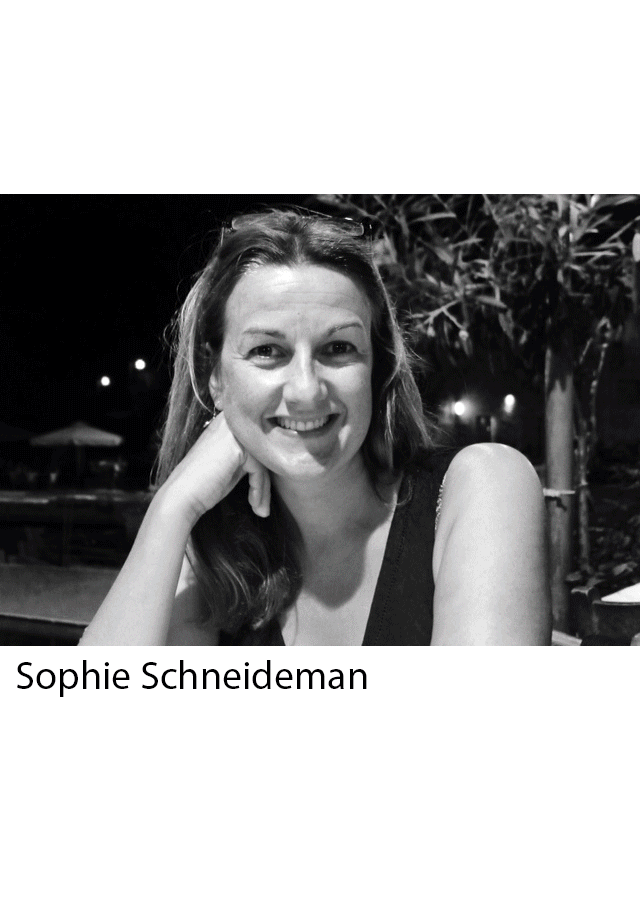
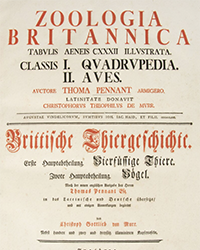
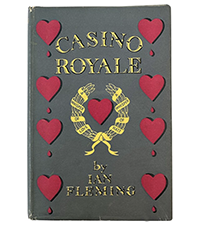
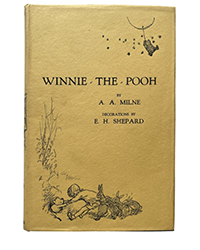
![<b>Sotheby’s:</b> Ernest Hemingway. <i>Three Stories And Ten Poems,</i> [Paris], (1923). First edition of Hemingway’s first published book. $75,000. <b>Sotheby’s:</b> Ernest Hemingway. <i>Three Stories And Ten Poems,</i> [Paris], (1923). First edition of Hemingway’s first published book. $75,000.](https://ae-files.s3.amazonaws.com/AdvertisementPhotos/acf970a0-a15d-4c79-aa24-5e8e414cb465.png)
